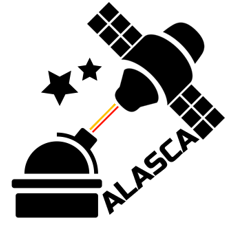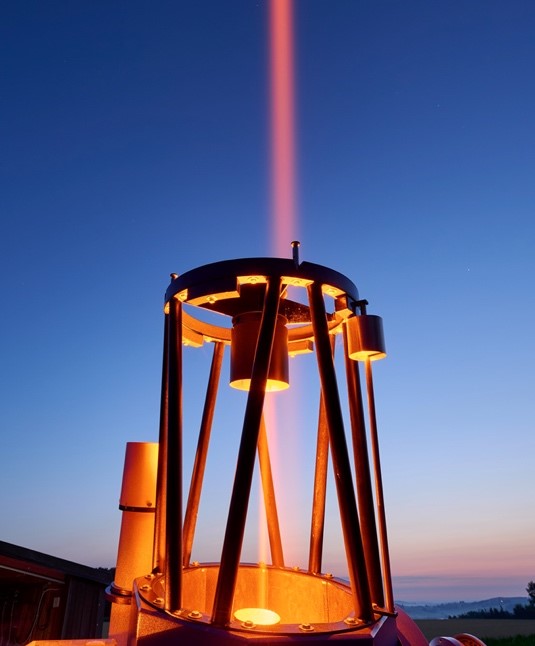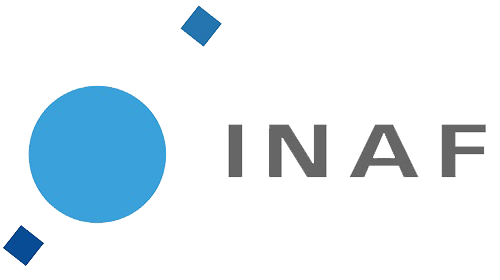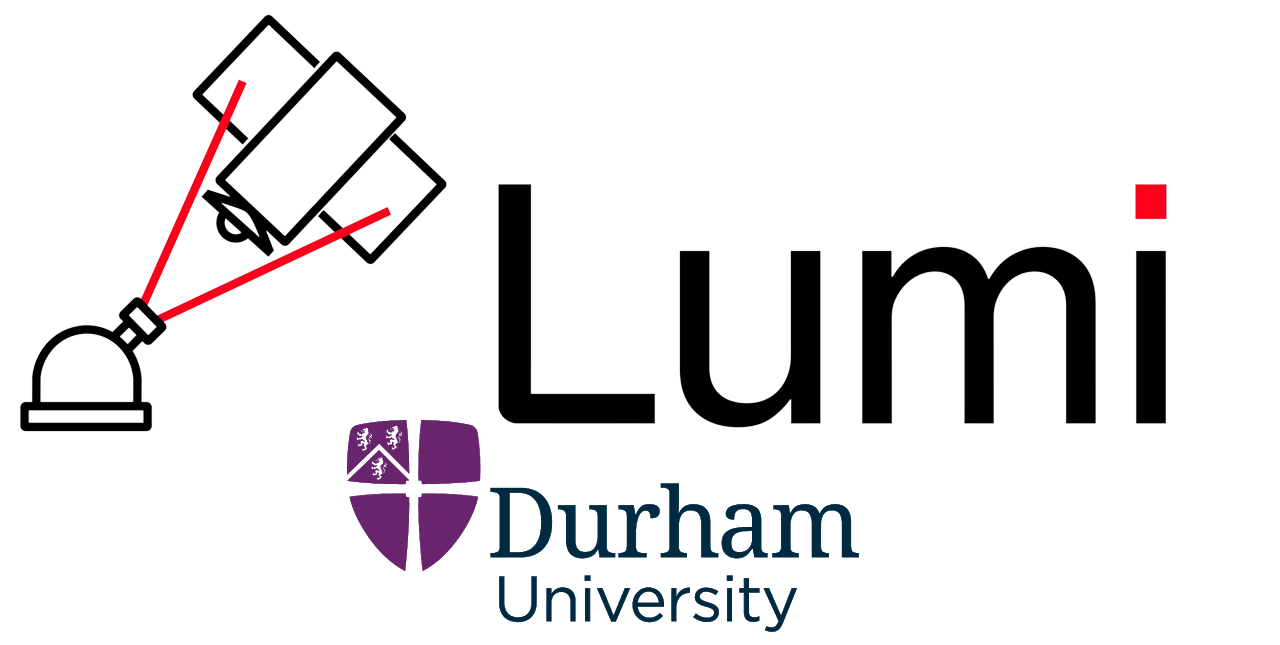
-
StatusOngoing
-
Status date2023-05-30
-
Activity Code6C.006
The ALASCA project develops a reliable optical communication channel from an optical ground station (OGS) to communication satellites; the project realizes a fully fledged, TRL6 operational Optical Feeder Link (OFL) test facility at ESA OGS in Tenerife based on the laser-guide star adaptive optics (LGS-AO) concept and targets 24/7 operability. The Optical Feeder Link 24/7 demonstration is carried out using Alphasat Geostationary satellite.

LGS-AO application to OFL for correcting the uplink wavefront distortion, induced by the turbulence in the atmosphere, can become one fundamental aspect for free space optical communication, as it strengthens and stabilizes the uplink communication signals received at the satellites; this represents a milestone in guaranteeing a reliable optical channel ensuring 24/7 operations. The synergies between astrophysics and optical free space communications are thoroughly exploited by the project in the following main areas:
-
The LGS methodology, which has been developed in the astronomy field to allow unlimited sky-coverage for adaptive optics, is expected to allow an effective uplink pre compensation, mitigating the effect of the point-ahead-angle.
-
Daytime operation, which is particularly challenging due to the stronger atmospheric turbulence and the background light. Compensation in very severe turbulence conditions is beneficial also for the astronomical research community.
Establishing reliable optical channels between Optical Ground Stations and satellites offers a challenge mainly due to the following:
-
Turbulence in the Earth’s atmosphere affecting the transmission through the atmosphere itself, especially during daytime conditions;
-
the motion of the satellite inducing an angular split, the Point Ahead Angle (PAA), between the beams transmitted (downlink) and received from the satellite (uplink), thus limiting the reliable compensation of the uplink signal based on the downlink signal.
These characteristics limit the reliability of the optical channel, especially considering that, for a broad exploitation of optical communications, the link shall be reliably available 24/7.
The ALASCA project produces a TRL6 test facility, at first demonstrating the reliability of an optical channel active 24/7, i.e. during night- and day-time conditions. This activity significantly enhances the knowledge on the compensation of the uplink beam based on the Laser Guide Star concept (LGS), especially in the optical communications fields, as until now the technique has been widely applied mainly to the Adaptive Optics methodology in astronomical telescopes. This offers the possibility to study, analyse and compare the Infrared Wavefront Sensor Adaptive Optics (IR-WFS AO) method, based on the IR satellite signal as reference, and the Laser Guide Star Adaptive Optics (LGS AO). Different control strategies are evaluated, aiming at future turn-key systems integrated in deployable OGS.
This paves the way to further developments in the same areas, demonstrating full Satellite Communication throughput, with Laser Guide Star Adaptive Optics (LGS-AO) supported Optical Feeder Link (OFL).
The main features of the project are the following:
-
reduction of atmospheric effects which prevents reaching the highest communication rates, furthermore affected by the Point Ahead Angle problem;
-
implementation of the Point Ahead Angle correction via Sodium Guide Star with the 589 nm laser for uplink wave-front measurements and pre-compensation of the feeder-uplink beam;
-
maximisation of the Laser Guide Star return flux, by improving its amplitude modulation efficiency and by advanced spectral engineering;
-
fast and highly efficient adaptive optics loop, needed with strong turbulence conditions;
-
communication and guide star lasers uplink and downlink.
The system architecture is mainly based on the following features:
-
The implementation of the Sodium Laser Guide Star adaptive optics to serve the optical feeder link for full uplink pre-compensation. The existing technology, developed so far mainly for astronomical observatories, has to be adopted and adapted to the Optical Feeder Link space communication requirements.
-
Parallel implementation of the adaptive optics loop exploiting the satellite transmission beam as guiding star, to compare the performance of the two schemes under different seeing conditions;
-
in addition, the system includes the implementation of specific techniques to monitor the atmospheric vertical turbulence profile, having significant implications on the control and performance of the system;
-
an IR module dedicated to the laser communications, that allows to quantify the performance of the adaptive optics systems in terms of signal-to-noise ratio at the satellite;
-
fast electronics controllers to cope with the AO timing requirements in day-time turbulence conditions;
-
open modular architecture to adapt the facility for future development field tests at the ESA OGS telescope
The project activities are organised as such:
-
Milestone 1 (Quarter 2-2022), Technical Specification Review and Technical Baseline Review: identification of expected performances and of trade-off solutions.
-
Milestone 2 (Quarter 4-2022), Detailed Design Review: system detailed design.
-
Milestone 3 (Quarter 2-2023), Factory Acceptance Review: procurement and preliminary testing at subsystem level.
-
Milestone 4 (Quarter 1-2024), Test Readiness Review: system integration, commissioning and testing at ESA OGS in Tenerife.
-
Milestone 5 (Quarter 4-2024), Final review.
ALASCA delivers the first set of reliable Optical Feeder Link tests within two years from project kick-off; in the third year it delivers the complete 24/7 operation test.
The ALASCA project kicked off at the end of 2021.
MS1 achieved in June 2022 and MS2 achieved in November 2022.
Work currently in progress.






